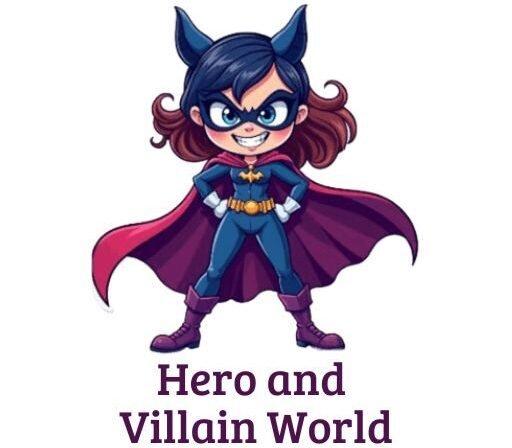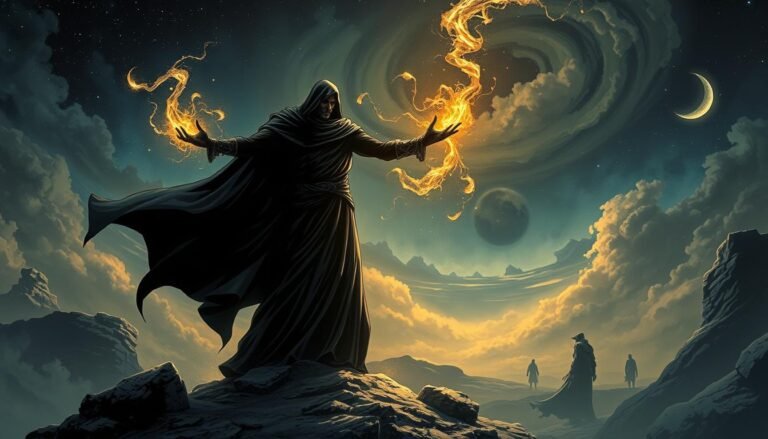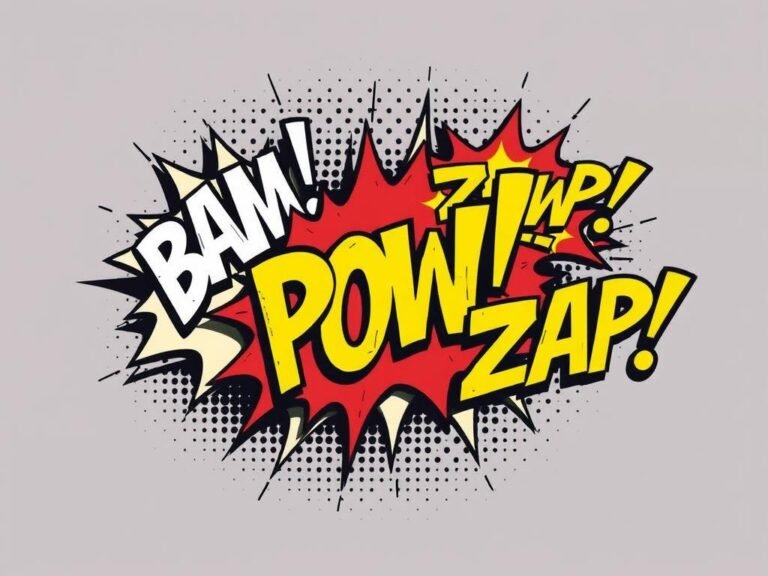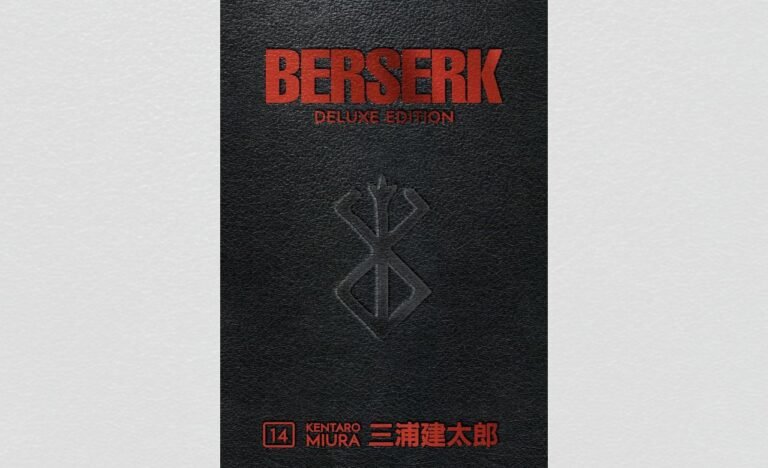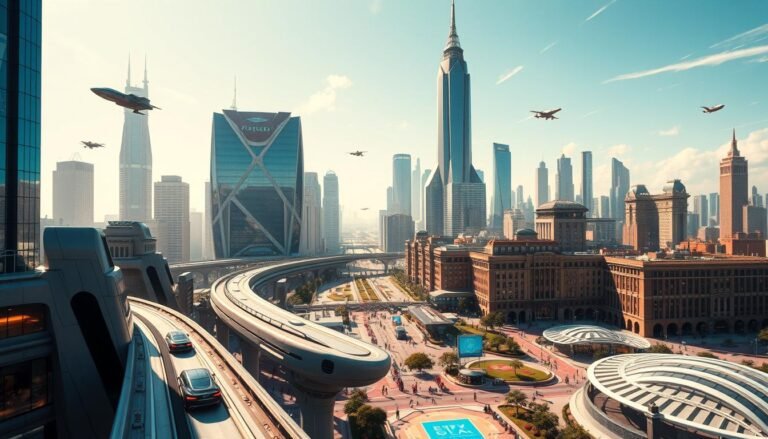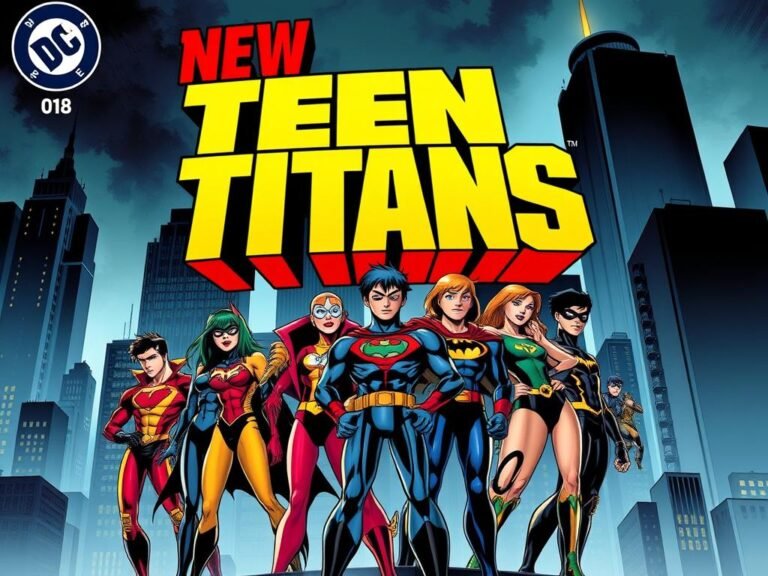How DC and Marvel Hide Future Stories in Plain Sight
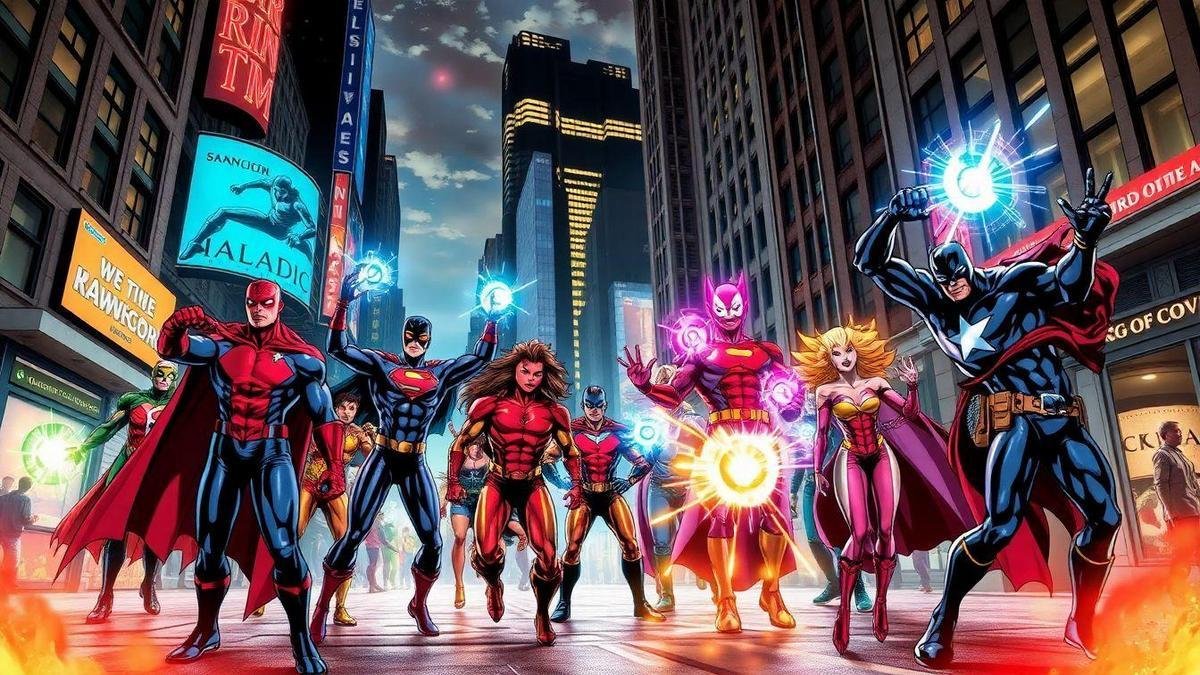
If you’re curious about micro continuity in DC and Marvel, you’re in the right place! This article dives into the little details that shape your favorite comic book heroes and their stories. You’ll see how micro continuity connects characters, affects their histories, and makes comic book lore even richer.
From cross-universe connections to maintaining consistency, we’ll explore it all! Buckle up for a fun ride through the fascinating world of comics!
Important Points to Remember
- Micro continuity connects DC and Marvel stories.
- It helps you see similarities between characters.
- You can enjoy crossovers with fun twists.
- Small details make big impacts in stories.
- Fans love to compare heroes and villains.
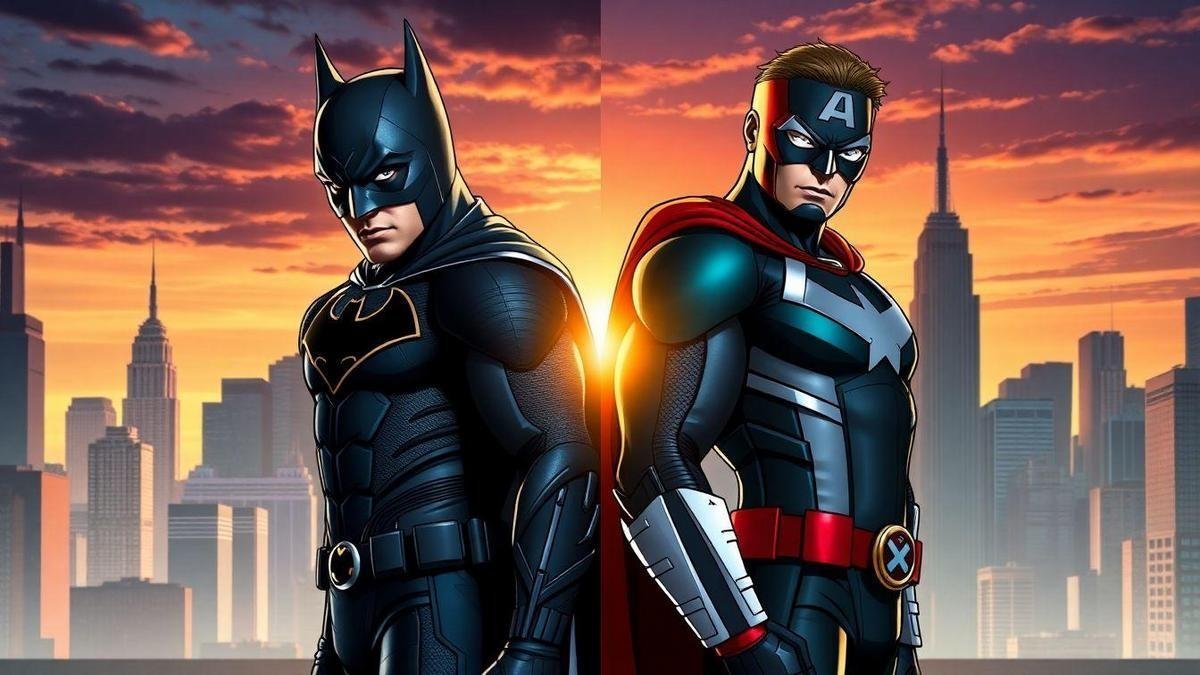
Understanding Micro Continuity in DC and Marvel
What is Micro Continuity?
Micro continuity is all about the little details in comic book stories that link characters and events together. It’s like a web that connects everything in the superhero universe. In both DC and Marvel, you’ll find that the stories often build on each other.
This can mean a character’s past, their relationships, or even small events that happened in other comics.
Think of it as the glue that holds everything together. Without these connections, stories would feel disjointed, and you might miss out on the richness of the characters’ journeys.
Importance of Micro Continuity in Comics
Micro continuity is crucial because it keeps readers engaged. When you dive into a comic, you want to feel like you’re part of an ongoing adventure. Here are some reasons why micro continuity matters:
- Character Development: It helps characters grow over time. You get to see how their past shapes their present.
- Story Depth: It adds layers to the stories. You can discover hidden meanings and references that make reading more exciting.
- Fan Engagement: Fans love to spot connections. It creates a sense of community as readers discuss and share their findings.
How It Affects Character Histories
Micro continuity plays a big role in how characters evolve. Here’s how it affects their histories:
| Aspect | Effect of Micro Continuity |
|---|---|
| Backstory | Characters have rich backgrounds that influence their actions. |
| Relationships | Connections between characters can change based on past events. |
| Motivations | Past experiences shape why characters do what they do. |
For example, when you read about Spider-Man, you learn about his struggles with loss. These experiences impact his choices and relationships. If you know the backstory, you can appreciate why he acts the way he does.
In DC, characters like Batman have their histories intertwined with Gotham City. Understanding the micro continuity helps you grasp why he fights crime the way he does.
The Role of Micro Continuity in Superhero Lore
Connecting Characters Across Universes
Micro continuity is a fascinating aspect of superhero stories. It’s all about how small details connect characters from different comics, like DC and Marvel.
Imagine reading a comic where your favorite hero meets another hero from a different universe. These connections make the stories feel more alive and exciting!
When you see a character mention another character or event from a different universe, it makes you feel like you’re part of a bigger picture. It’s like a secret handshake among fans. You might catch a reference that others miss, and that makes it special for you!
The Impact on Storytelling
Micro continuity has a big impact on how stories are told. It allows writers to weave plots together in clever ways. This means that every detail counts. A small mention in one comic can lead to a huge storyline in another.
When writers pay attention to these little details, they create a richer experience. Fans love to see how everything connects. It keeps you on the edge of your seat, wondering what will happen next.
Here’s a simple table to show how micro continuity works:
| Comic Universe | Character | Connection |
|---|---|---|
| DC | Superman | References to Batman |
| Marvel | Spider-Man | Mentions of Iron Man |
| DC | Wonder Woman | Crossovers with Aquaman |
Examples of Cross-Universe Connections
There are some great examples of cross-universe connections that fans adore.
- Crisis on Infinite Earths: This DC comic brought many characters together. It showed how heroes from different stories can unite against a common threat.
- Marvel vs. DC: This event allowed characters from both universes to face off. Who would win in a battle? It’s a question that fans still debate!
- The Amalgam Universe: This is where characters from both DC and Marvel were combined. Think of Batman and Wolverine as one character!
These examples show how micro continuity can create thrilling stories and unforgettable moments.

Exploring Comic Book Canon
What Makes Up Comic Book Canon?
Comic book canon is like the backbone of your favorite stories. It includes all the official events, characters, and timelines that shape the universe of a comic. Think of it as the official rulebook for the characters you love. Here are the key components:
- Main Storylines: These are the big events that define the characters and their journeys.
- Character Histories: Each character has a backstory that explains who they are and why they do what they do.
- Crossovers: When characters from different series meet, it can create exciting new stories.
- Alternate Universes: Sometimes, stories take place in different realities, adding depth to the canon.
Differences Between DC and Marvel Canon
DC and Marvel are two giants in the comic world, and they have their own ways of building their canons. Here’s a quick look at how they differ:
| Aspect | DC Comics | Marvel Comics |
|---|---|---|
| Tone | Often darker and more serious | More light-hearted and fun |
| Character Focus | Heroes like Superman and Batman | Everyday heroes like Spider-Man |
| Continuity Style | More rigid with clear timelines | More flexible with many stories |
DC tends to keep its stories more serious, while Marvel often adds a sprinkle of humor. This affects how you connect with the characters and their journeys.
How Micro Continuity Shapes Canon
Now, let’s dive into the micro continuity of DC and Marvel. This refers to the little details that can change how you view a character or a story. Here’s how it all works:
- Retcons: Sometimes, writers change a character’s backstory to fit new stories. This can keep things fresh but might confuse you.
- Character Reboots: Both companies reboot characters to attract new fans, which can shift the canon.
- Side Stories: Spin-offs and side stories can add layers to the main narrative, giving you more to explore.
Micro continuity DC Marvel details can really change how you see your favorite heroes. For example, if a character has a new origin story, it might change how you feel about them.
The Evolution of Comic Book Continuity
Changes Over Time in DC and Marvel
Comic books have come a long way since their inception. DC and Marvel, the giants of the comic world, have seen their stories and characters evolve over the years.
In the beginning, comic book stories were simple and straightforward. Heroes like Superman and Batman had clear-cut origins and missions. But as time went on, these stories became more complex.
For example, DC introduced the Crisis on Infinite Earths in 1985. This event aimed to clean up the messy threads of continuity. It combined different universes into one, making it easier for readers to follow along.
On the other hand, Marvel took a different route. They often embraced their characters’ flaws, showing them as more relatable. This approach allowed for real-life struggles, making their heroes feel more human.
Key Events That Shaped Continuity
Several key events have shaped the continuity of both DC and Marvel. Here’s a quick look at some of them:
| Event | Year | Impact |
|---|---|---|
| Crisis on Infinite Earths | 1985 | Simplified DC’s multiverse into one universe. |
| The Infinity Gauntlet | 1991 | Introduced cosmic stakes in Marvel’s universe. |
| The New 52 | 2011 | Relaunched DC with new storylines and heroes. |
| Marvel NOW! | 2012 | Fresh starts for Marvel characters and stories. |
These events not only changed the storyline but also how fans viewed their favorite heroes. They brought fresh ideas and kept readers coming back for more.
The Influence of Fan Feedback
Fan feedback plays a huge role in shaping comic book continuity. Publishers listen to what you, the reader, have to say. If a storyline doesn’t resonate, they might change it. This back-and-forth creates a lively conversation between creators and fans.
For instance, when fans were unhappy with certain character developments, publishers often adjusted their paths. This kind of responsiveness helps maintain a strong connection with the audience. Your opinions matter, and they can lead to changes in the stories you love.
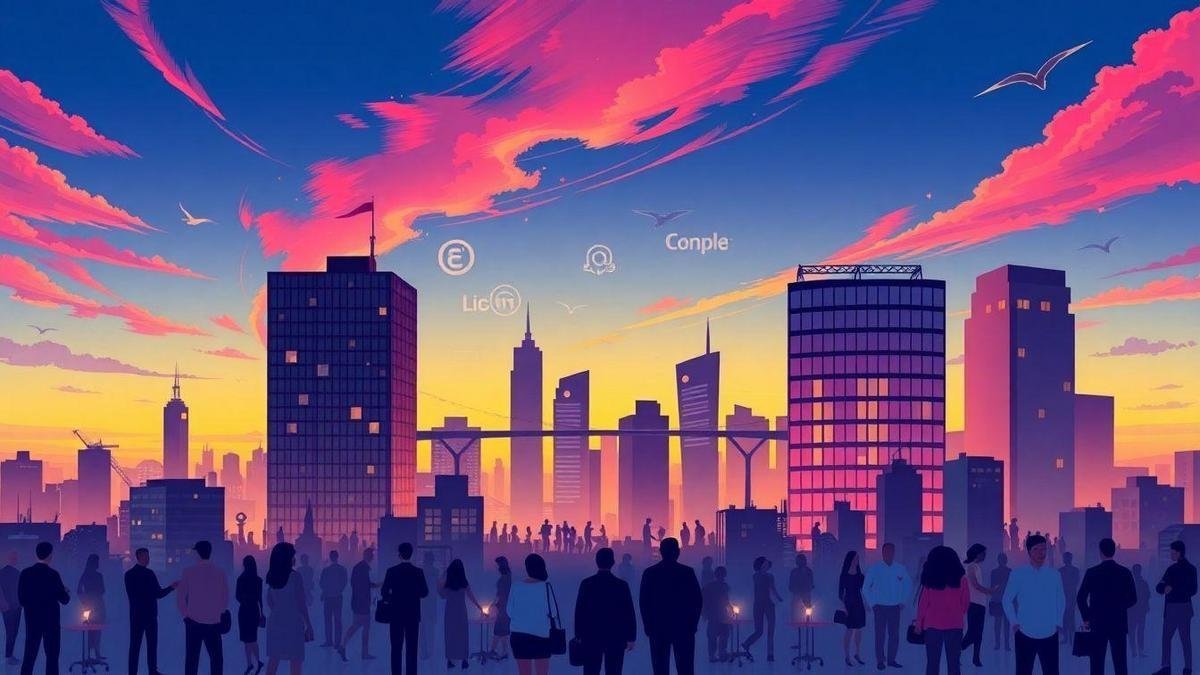
Inter-Company Crossovers and Micro Continuity
Famous Crossovers Between DC and Marvel
When you think of superheroes, two names often pop up: DC and Marvel. These two comic giants have crossed paths many times, creating some unforgettable moments. Here are a few of the most famous crossovers:
| Crossover Event | Year | Notable Characters Involved |
|---|---|---|
| DC vs. Marvel | 1996 | Superman, Spider-Man, Batman, Wolverine |
| JLA/Avengers | 2003 | Justice League, Avengers |
| The Amalgam Age | 1996 | Dark Claw, Super Soldier |
These events brought together your favorite heroes and villains, letting them face off or team up in ways you never thought possible. Imagine Superman and Spider-Man working together! It’s a fan’s dream come true.
How These Events Affect Continuity
Now, let’s talk about continuity. When DC and Marvel cross over, it can shake things up. You might wonder, how does this affect the stories you love?
Crossovers can create micro continuity. This means that while the main stories stay the same, these events add small details that enrich the characters and their worlds.
For example, when characters from both universes meet, they may share backstories or even alter each other’s paths. This can lead to new adventures and twists in the tales you follow.
Lasting Effects on Comic Book Fans
The effects of these crossovers are huge for fans like you. Here’s how they resonate:
- Excitement: You get to see your favorite characters interact in ways that feel fresh and thrilling.
- Debate: Fans love to argue about who would win in a fight. Is it Batman or Iron Man? These discussions never get old!
- Collectibles: Special issues from these crossovers can become valuable. They’re not just stories; they’re treasures.
In many ways, these crossovers create a community. You’re not just reading comics; you’re part of a larger conversation that spans both DC and Marvel.
Keeping Narrative Consistency in Comics
Challenges of Maintaining Consistency
In the fast-paced world of comics, keeping a steady narrative can feel like juggling flaming torches! Writers face many challenges when trying to keep everything in line.
One big issue is character development. As characters grow, their actions and backstories must make sense. If they suddenly act out of character, fans will notice!
Another challenge is plot holes. Sometimes, a story might have gaps that don’t fit well. For example, if a hero suddenly has a new power without explanation, readers might scratch their heads in confusion.
Strategies Used by Writers
To tackle these challenges, writers use several clever strategies. Here’s a quick look:
| Strategy | Description |
|---|---|
| Character Bibles | Writers create detailed profiles for each character, including their history and traits. This helps keep their actions consistent. |
| Story Arcs | Writers plan out long-term storylines. This way, they can build on previous events and keep everything connected. |
| Editorial Teams | Teams of editors help catch mistakes and ensure that the story flows smoothly. They act like a safety net for writers. |
These strategies help writers keep everything in check. By sticking to a plan, they can weave together micro continuity across different issues and series.
The Future of Micro Continuity in Comics
Looking ahead, the concept of micro continuity in comics is evolving. With the rise of digital comics and shared universes like DC and Marvel, writers are exploring new ways to maintain details across stories. This means that fans can expect more interconnected plots and character interactions.
As comics continue to grow, we might see even more creative storytelling. Writers are now blending different genres and styles, allowing for a richer experience. The future looks bright, and readers will be in for a treat!
Conclusion
In the grand tapestry of DC and Marvel, micro continuity serves as the invisible thread that ties your favorite characters and stories together. It’s the little details that pack a powerful punch, enriching the narrative and keeping you on the edge of your seat.
As you dive deeper into the comic book universe, remember that these connections not only enhance character development and storytelling but also foster a vibrant community of fans just like you.
So, whether you’re debating the outcomes of epic crossovers or relishing the nuances of character backstories, micro continuity is your ticket to a more immersive experience.
Don’t stop here; there’s a whole world of comics waiting for you! For more fascinating insights and articles, swing by Hero and Villain World and keep the adventure alive!
Frequently asked questions
What is micro continuity in DC Marvel?
Micro continuity DC Marvel refers to small, detailed connections between stories. It helps tie the characters and events together for fans.
Why is micro continuity important?
It’s important because it adds depth. These details make characters more relatable and stories more engaging.
How does micro continuity affect comic book stories?
Micro continuity affects stories by creating links between events. Your favorite hero might reference something from a past issue, making it feel more real.
What are some examples of micro continuity in DC Marvel?
Examples include characters mentioning past battles or alliances. These little nods make the universe richer and more exciting for you.
Where can I find more information on micro continuity DC Marvel details?
You can find more information in comic book guides and fan forums. Websites dedicated to comics are a great resource, too!
